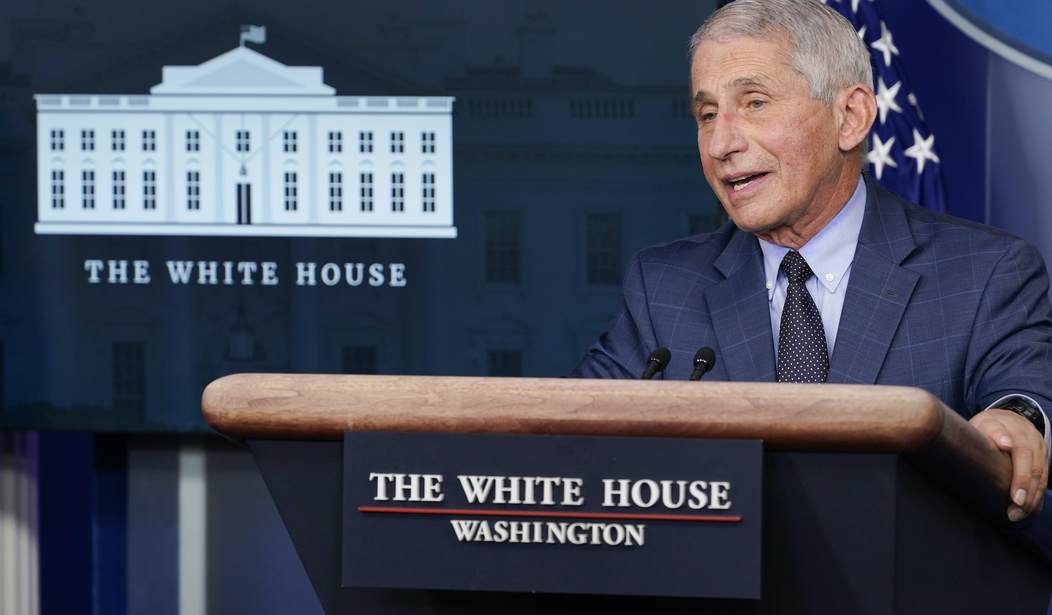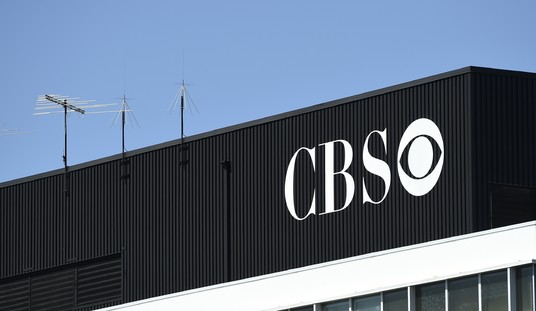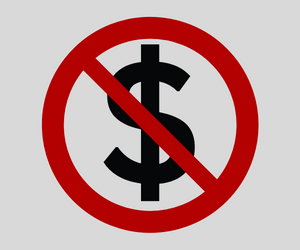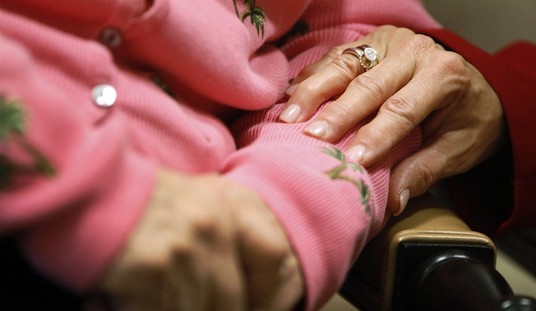Part I of this two-part series covered the failure of the US public health system to properly message the lifesaving benefits of vitamin D and mineral supplements to bolster the immune system against the ChiCom virus (and other pathogens), as well as discussion of obesity as a key risk factor present among those hospitalized or in an ICU.
The basis for Part I was a video presentation given by Dr. Ryan Cole, MD, a member of the Independent Doctors of Idaho (IDID), to Idaho Lieutenant Governor Janice McGeachin’s Capitol Clarity initiative. His briefing contains some amazing information and perspective about the overall misguided response to the virus in the US led by the “government experts.”
Part II focuses on the suppression of therapeutic treatments that actually work against the ChiCom virus. Here are some summary points from Dr. Cole’s presentation on that subject:
- The current CDC and NIH recommendation: “Go home and isolate; if you can’t breathe or your lips turn blue, then go to the hospital” (this amounts to apathy, not treatment, as physicians are trained to treat people at the first instance of a disease/pathogen)
- The earlier the treatment, the more complications that can be avoided over time (simple common sense)
- If there is a treatment extant for a disease, then the federal government cannot approve a vaccine by law
- The NIH, which is involved in approving medications, co-holds the patent on the Moderna vaccine (a complete conflict of interest!)
- When NIH and other public health agencies look at therapeutics, the conflict of interest of the federal government in bed with a vaccine company weighs large in the “decision-making” process (they don’t want a therapeutic to work because then they can vend their vaccine)
- Six months ago, the World Health Organization said to “stop using Remdisivir because it doesn’t add survivability to any patients” (the drug only works during the first 2-3 days of infection)
- Yet, many US hospitals still administer the drug at $3,000 per dose long after initial infection when the virus has already massively replicated
- Convalescent plasma also only works during the first 2-3 days when the virus is replicating (only obtained in the hospital when the treatment is no longer effective)
- Monoclonal antibodies also only work during the first couple of days with the disease
- Administering steroids at the right point in the disease (during an inflammatory state) does add survival benefit
- Ivermectin (an anti-parasitic given to horses and dogs) is an effective prevention and treatment therapy
- Although an anti-parasitic, Ivermectin also is a phenomenal anti-viral prophylaxis and can be used for early treatment, immune modifier treatment during hospitalization, and post-COVID “long hauler” treatment
- Ivermectin is safe, effective, and INEXPENSIVE, having been taken by 4 billion people since the 1980s (it is on the world’s most essential drugs list!)
- In Petri dish studies conducted, in August 2020, Ivermectin was found to have killed 99% of the virus, but the NIH recommended against its use
- Ivermectin has been given in the past to humans at 30-40 times the recommended dosage with no adverse effect (only two humans have ever been determined to have died after using the drug, and they had a rare immunodeficiency disease)
- A few Ivermectin studies are finally being conducted independently in the US in Texas, Florida, and Wisconsin hospitals (results: they have decreased their COVID death rates by 70-90%!)
- In Houston, one hospital was using it; now, all hospitals in Houston administer the drug
- It is an approved medicine, but it is off-label (approved for other uses) because the FDA has not approved its use to treat the virus because studies haven’t been completed on Americans – the FDA doesn’t use foreign studies to approve drugs)
- However, Pfizer received FDA approval for its experimental vaccine based on tests on foreign subjects, not Americans (!)
- In meta-analysis of 15,000 patients, Ivermectin – if added to the treatment plan, no matter what that plan is – reduces the death rate by at least 75% (up to 86% if given early)
- Translation: of the half-million deaths attributed to COVID in the US, fully 375,000 almost certainly could have been prevented if Ivermectin had been administered as part of the treatment plan
- A full course of Ivermectin treat costs under $30
- Fully 100% of the world’s Ivermectin trials have shown benefits (details provided in the video presentation):
- Decreases disease acquisition by 88-100%
- Decreases viral replication and shedding time by half
- Decreases disease course and severity by 80-90%
- Decreases disease death rate by 75% and up to 86% if administered early in treatment
- Ivermectin is the only medicine that has shown benefit in 100% of world trials conducted
- The Ivermectin molecule can treat ALL of the virus variants
- Anecdotally, in the 42 patients to whom I (Dr. Cole) have prescribed Ivermectin over the past two months, all have shown improvements within 12-48 hours
- As of February 2020, the official NIH position on Ivermectin is neutral: “Neither for nor against” its use (that means that US doctors can prescribe Ivermectin in their treatment of COVID-infected cases)
Ivermectin provides proven anti-viral prophylaxis and treatment of the COVID virus – for prevention, early treatment, immune modifier treatment during hospitalization, and after-treatment to avoid reinfection. In world clinical trials, it has been shown to decrease death rates of virus-infected people by a minimum of 75% (up to 86% if treated early). It is also inexpensive. These facts have been known and suppressed by US public health authorities in government.
So why haven’t public health messages been pushing the use of Ivermectin? An analysis from Mika Turkia (Helsinki, Finland) entitled, “A timeline of ivermectin-related events in the COVID-19 pandemic,” provides potential explanations and motivations behind the decision-making process. Here is an excerpt:
One of the main obstacles for reception of the idea of repurposed medicines may have been the Surgisphere scandal and the widespread controversy regarding hydroxychloroquine in early 2020, leading to a generalized distrust of research among the politicians, governmental administrative personnel and the public, especially in the more developed countries which appeared to put more importance on the research. This distrust, in turn, possibly opened new avenues for various kinds of societal manipulation.
The distrust appeared to have also led to, for example, social media and video streaming platforms actively but inconsistently and indiscriminately censoring many subjects and groups, including ivermectin research groups and their results, regardless of their level of academic merit. These practices often appeared similar to censorship practices in authoritarian countries. Mainstream media appeared to maintain an inverted understanding on the process of science in which scientific knowledge was apparently assumed to flow down from the NIH and WHO to the researchers, not the other way around. Financial newspapers (Wall Street Journal, Financial Times) may have possessed a more realistic view on medical research and ivermectin than generalist press conventionally considered high quality (e.g., The New York Times, Associated Press, The Guardian), with some practically accusing researchers of not adhering to the guidelines given by the NIH, for example. The open encyclopedia Wikipedia took pains to only mention negative studies about ivermectin, listing it among the COVID-19 misinformation, even citing a commentator saying that “the narrative of ivermectin as a ‘miracle cure’ for COVID-19 is a ‘metastasized’ version of a similar conspiracy theory around the drug hydroxychloroquine, in which unspecified powers are thought to be suppressing news of the drug’s effectiveness for their own malign purposes”.
[Early on,] there appeared to be somewhat scarce interest in treatments research, with the wealthy societies’ focus on vaccinations and lockdowns, despite vaccinations being largely unavailable and lockdowns harmful for the economy. These countries appeared to pursue expensive, narrow-spectrum vaccination and new pharmaceuticals based strategies, ignoring cheaper options, whereas developing countries put more emphasis on affordable, broad-spectrum antivirals. One factor may have been the developing nations’ clinicians’ familiarity with ivermectin and its easy availability, whereas it has been a rarely prescribed medicine in most industrialized countries.
It may [also] be derived that licensing of repurposed medicines such as ivermectin for outpatient treatment and prophylaxis of COVID-19 would have prevented emergency use authorizations of new pharmaceuticals in development. In the case of prophylaxis, such licensing might even have affected vaccines. Thus, there appeared to exist substantial financial conflicts of interest against licensing of repurposed medicines.
The latter paragraph almost certainly contains a key reason why Ivermectin (and other therapeutics) were suppressed by the US government – follow the money! Left unsaid in that analysis was the clear political motivation that was also involved: suppression of an effective therapeutic drug led to a high death rate that resulted in misguided lockdown measures that depressed the US economy to the benefit of the Biden campaign and the ChiComs (both of whom were united in their efforts to get rid of President Trump). Regardless, the use of Ivermectin could – and should! – have saved a lot of lives in the US and around the world. That it is not widely prescribed with repeated public health messaging about its benefits and effects is a travesty!
The end.
[H/T Paul D]
















Join the conversation as a VIP Member